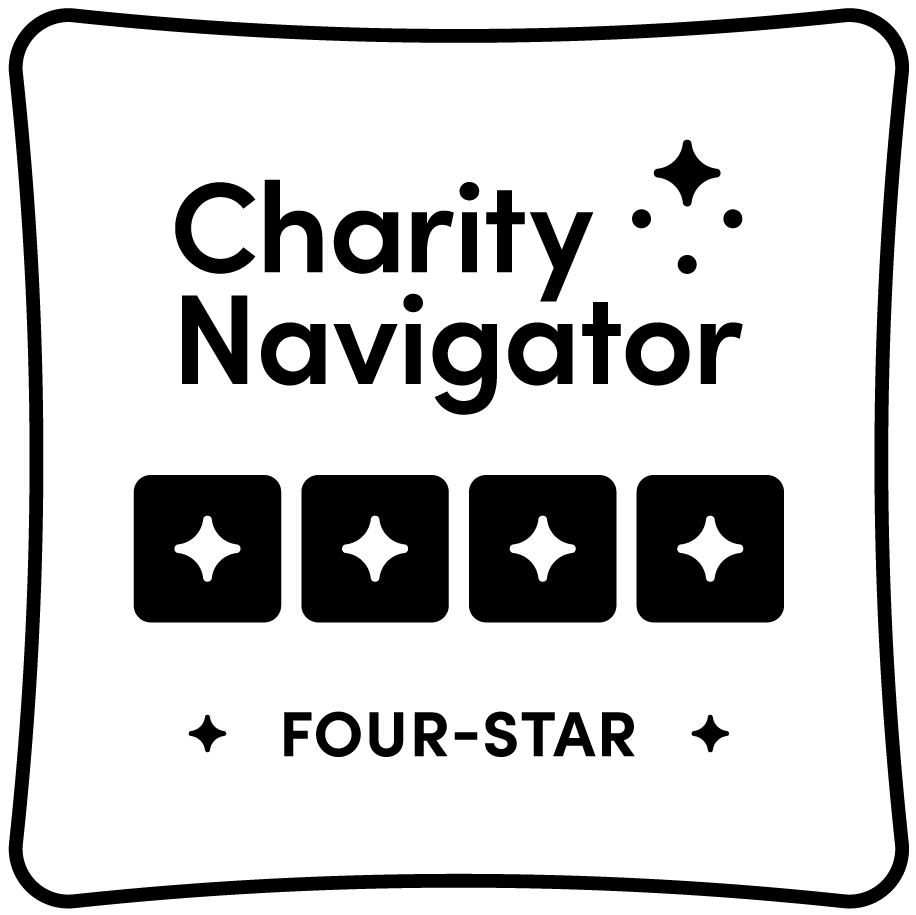How do you study humans without studying humans? With mice, of course! These living test tubes closely mimic the genetic makeup of humans—95 percent close, in fact. And their small size and short gestation period make them ideal models for studying human disease.
But in research, the garden-variety rodent doesn’t make the cut. Technological advances have made it possible for scientists to actually design mice with very specific genetic codes. In October, the 2007 Nobel Prize in medicine was awarded to a trio of scientists who developed the immensely powerful “knockout” technology, which allows researchers to create animal models of human disease in mice by removing genes. Scientists also have since developed the capacity to add genes. The outcome is a mouse that exhibits traits of human disease, generation after generation.
Researchers at OMRF have bred countless variations of these furry critters, including models of Alzheimer’s, Huntington’s disease and heart disease. Called “transgenic” mice, they’re sent to labs in 26 states and 14 foreign countries to help researchers learn more about human illnesses and how they behave in a living creature.
For example, OMRF’s Dr. Linda Thompson spent nearly a decade and more than $500,000 fashioning a knockout mouse lacking a particular enzyme. She used the mice for her own research, but soon, scientists at other institutions got wind of her mouse (which she named Hope). Those researchers found Hope’s children to be perfect tools for studying multiple sclerosis, inflammation and a host of other biologic processes. Today, Hope’s great-great-grandmice travel to labs as far away as Shanghai and Melbourne to help other scientists battle human disease.



